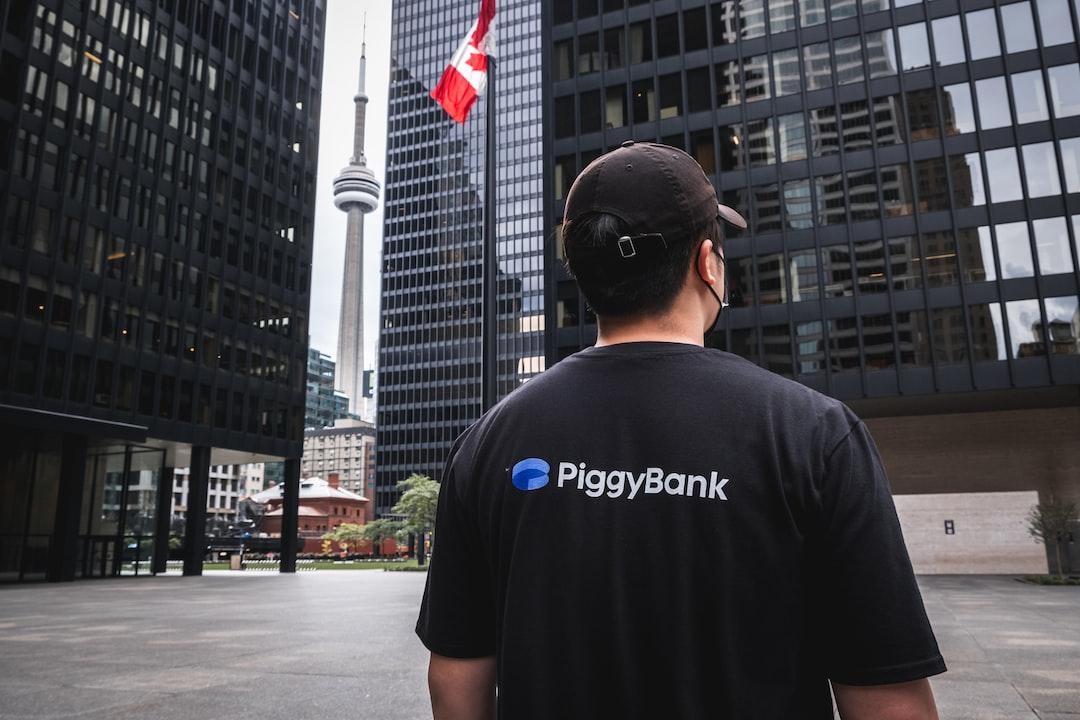The XRP community is rallying behind a proposal to introduce a “clawback” function on the XRP Ledger (XRPL) on February 8. The proposal has received overwhelming approval, with 94% of unique validators voting in favor.
The clawback feature will give issuers greater control over their distributed assets, allowing them to retrieve funds from associated accounts under certain circumstances, such as lost account access or fraudulent activities. Ripple’s chief technology officer, David Schwartz, explained that this feature will enable token issuers to recover a specific quantity of issued tokens from current holders, resolving legal disputes and complying with court orders.
It is important to note that the clawback feature is separate from the existing “freeze” feature in XRPL. Without the clawback feature, issuers might be forced to freeze all assets, leading to significant disruptions and potential financial losses.
While the clawback feature brings advantages, it also has its own pros and cons that could impact the price of XRP in the short and long term. Michael McCaffrey, a business developer at Sologenic, highlighted the benefits of the clawback feature, including stablecoin integrity, regulatory compliance in cross-border transactions, and risk management of asset-backed tokenization. The ability to perform targeted retrieval of assets without affecting the broader ecosystem is advantageous for compliant institutional investors, as it minimizes collateral damage in legal disputes and maintains system integrity.
However, reintroducing traditional banking tools into the blockchain system raises concerns about centralized control. Critics argue that the clawback feature interferes with user autonomy and adds complexity to the XRPL, especially for users with limited technical knowledge. Despite these concerns, most XRPL validators have supported the integration of the clawback feature.
The impact of the clawback feature on XRP’s price remains uncertain. On one hand, enhanced regulatory compliance and increased trust could attract more institutional investment, potentially driving up the price. On the other hand, concerns about misuse and the impact on user autonomy could lead to negative market sentiment. Historically, retail investors have overlooked how features like clawback can influence market dynamics. Blockchains like Ethereum and Stellar, which allow transaction reversals or alterations under specific circumstances, have performed well in the market.
Technical analysis suggests that breaking a resistance confluence is crucial for XRP’s price movement. However, bearish signals in the charts could result in a decline towards $0.34 in the coming weeks.
Please note that this article does not provide investment advice or recommendations. Readers should conduct their own research before making any investment decisions.

